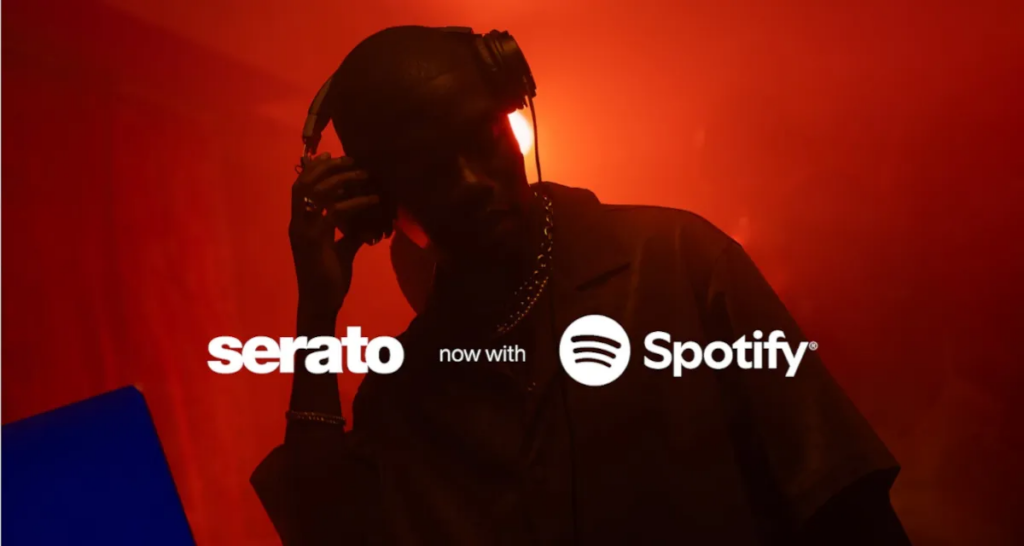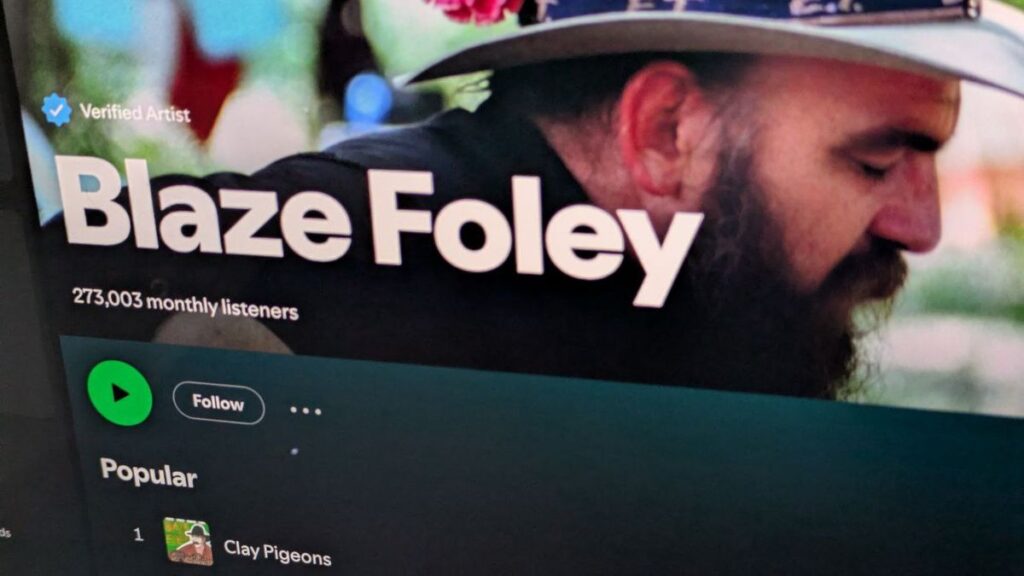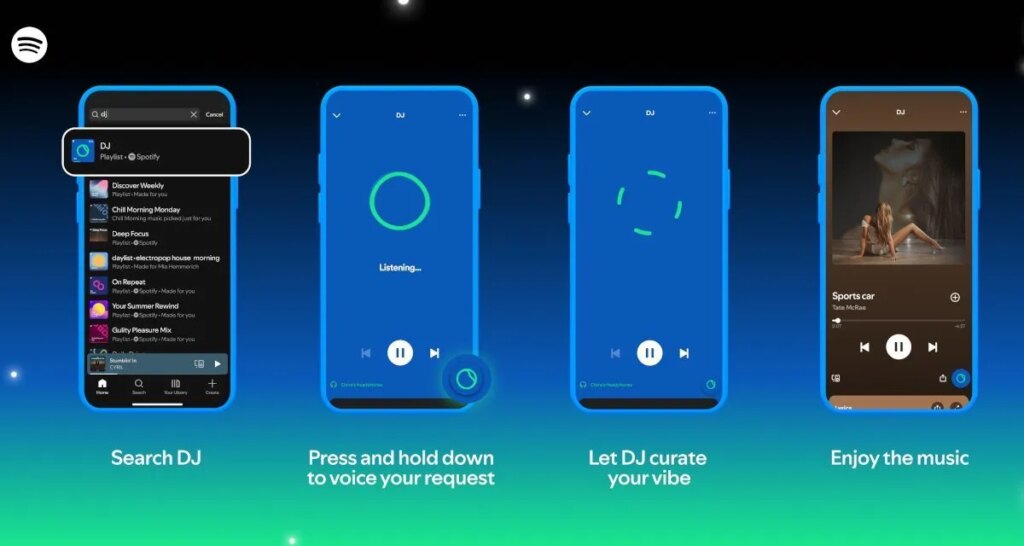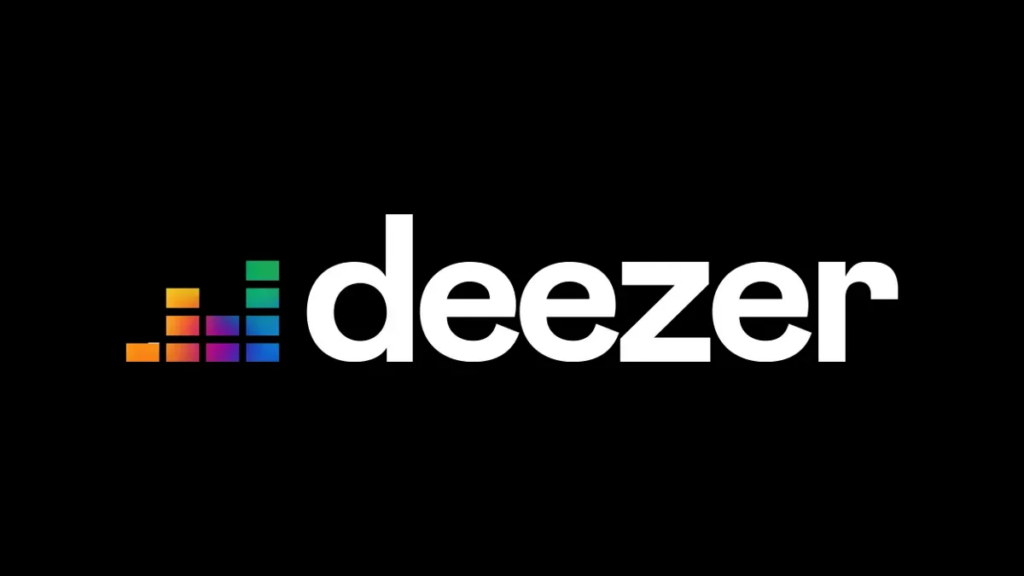Spotify Announces Rekordbox, Serato, and Djay Integrations in Latest Premium Expansion


Photo Credit: Serato
Spotify has officially integrated with Rekordbox, Serato, and Djay, through which Premium users can now “access their entire libraries and playlists.”
The streaming service confirmed the integrations this morning, and the involved companies put out releases of their own. But each of the announcements ties back to the same central point: Rekordbox, Serato, and Djay users can link their Spotify Premium accounts to access the DSP’s tracks (besides both personal and editorial playlists) through the software.
(Technically, those are the names of the actual DJ programs; AlphaTheta owns Rekordbox, Djay belongs to Algoriddim, and Canada’s Tiny took a majority stake in Auckland-based Serato earlier this year.)
Regarding availability, the integrations are per Spotify live “within desktop DJ software” – no word yet on when a mobile expansion might arrive – in 51 markets.
With the conspicuous absence of countries in Latin America and the Middle East, these markets include the U.S., Canada, many European nations, Australia, New Zealand, South Korea, and Japan.
Of course, a bit of enthusiastic language is to be expected on Spotify’s end; the newly disclosed integrations offer “a seamless way to take creative control and make every set uniquely yours,” per the DSP.
However, Serato itself touted the “milestone” announcement as delivering on its “#1 most requested feature to date.”
Furthermore, it was only in 2020 that Spotify pulled support for third-party DJ apps. But the above-noted companies have been closing deals with competing DSPs – chief among them Apple Music.
Algoriddim has apparently been leaning into an Apple partnership for a while, including launching a Vision Pro version of Djay in February 2024. On the other hand, March 2025 saw both Rekordbox and Serato confirm support for Apple Music.
Stated differently, in some ways, integrations appear to be a relatively new focus for leading DSPs, which are vying for subscribers against the backdrop of modest U.S. paid streaming growth.
Additionally, Spotify, now offering a more appealing ad-supported tier, has been aggressively adding Premium features as of late. Long-awaited lossless listening, which hit paid accounts earlier in September, certainly comes to mind. And before that, August brought customizable transitions and effects to Spotify.
As many will recognize, Premium therefore looks quite a lot like the “Super-Premium” plan that reports have for years suggested will carry a larger monthly charge.
Especially given Spotify Free’s loosened restrictions – and an exec’s not-so-subtle August declaration that fresh features will coincide with price increases – it’ll be interesting to see the service’s pricing strategy moving forward.
Link to the source article – https://www.digitalmusicnews.com/2025/09/24/spotify-serato-dj-integrations/
-
LeatherGraft XL Genuine Suede Style 2.5 Inch Wide Guitar Strap – Suitable for All Electric, Acoustic & Bass GuitarsBuy product
-
Floyd Rose Noiseless Tremolo Springs Red – Heavy Duty Electric Guitar Bridge (FRTSNRDP)$16,97 Buy product
-
KRK S10.4 10 inches Powered Studio Subwoofer Class D Power amplifiers 4-Position Crossover Frequency and 160 watts of Power with Pair of EMB XLR Cables and Magnet Phone Holder Bundle$0,00 Buy product
-
Belmonte Musical-Instruments-Accessories-and-Parts (5134)$19,75 Buy product
-
Ktaxon 6 String Electric Guitar Kit, 39 Inch H-H Pickups Tiger Stripe Beginner Electric Guitar Set with 20W Amplifier, Tuner, Bag, Strap, Cable, Accessories for Adults & Teens (Black)$89,99 Buy product
-
Kadence Concert Ukulele 23″ Spring Summer Collection of Ukuleles- Matt Finish with Strap & Bag (Cinnamon Brown)$45,00 Buy product












Responses